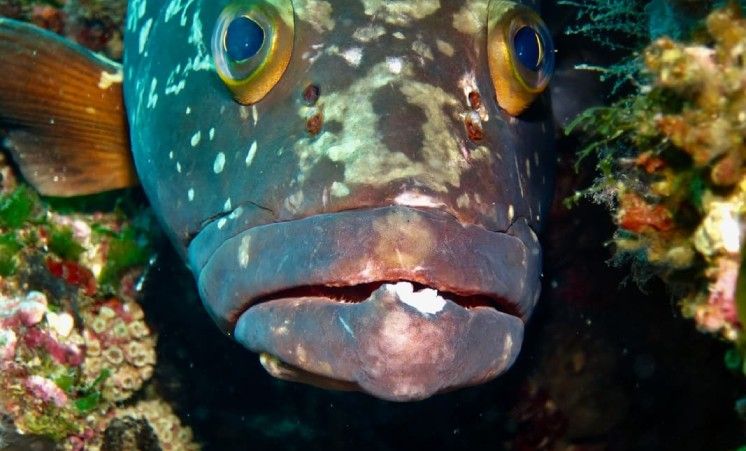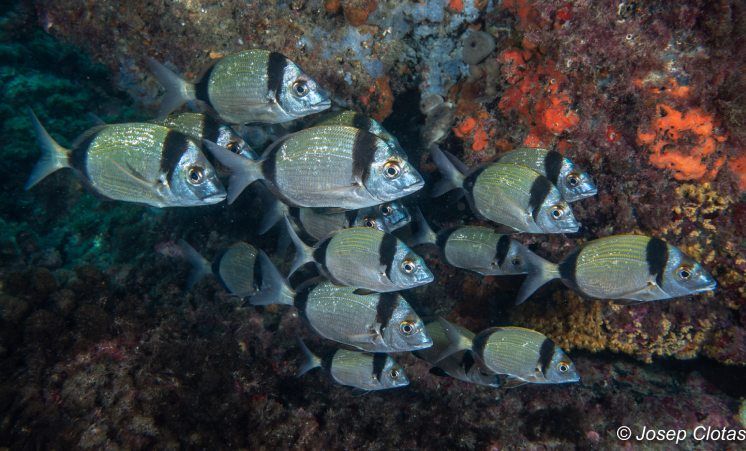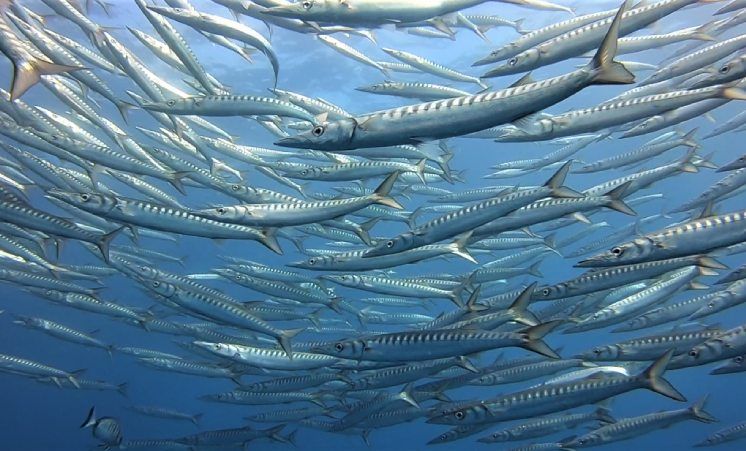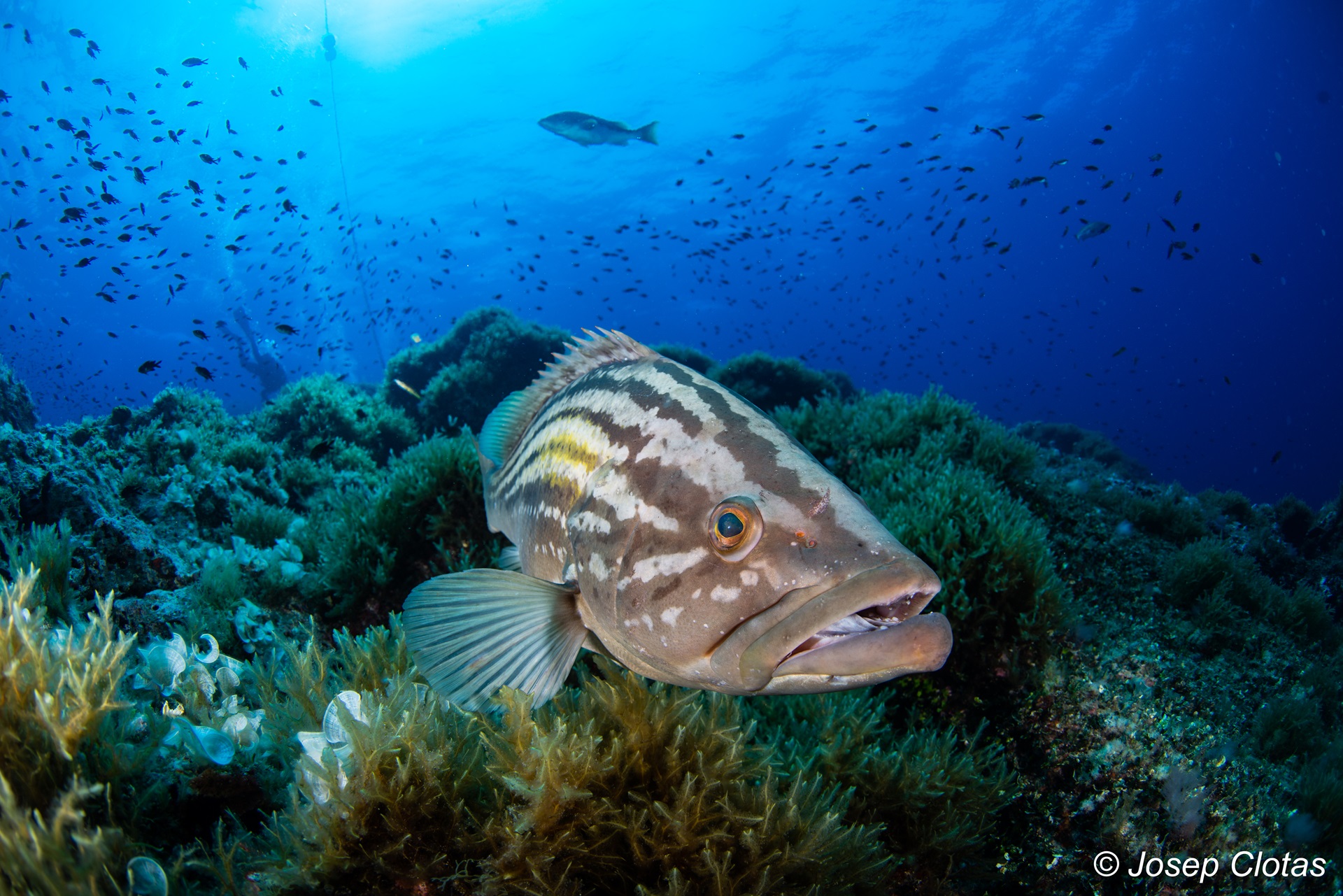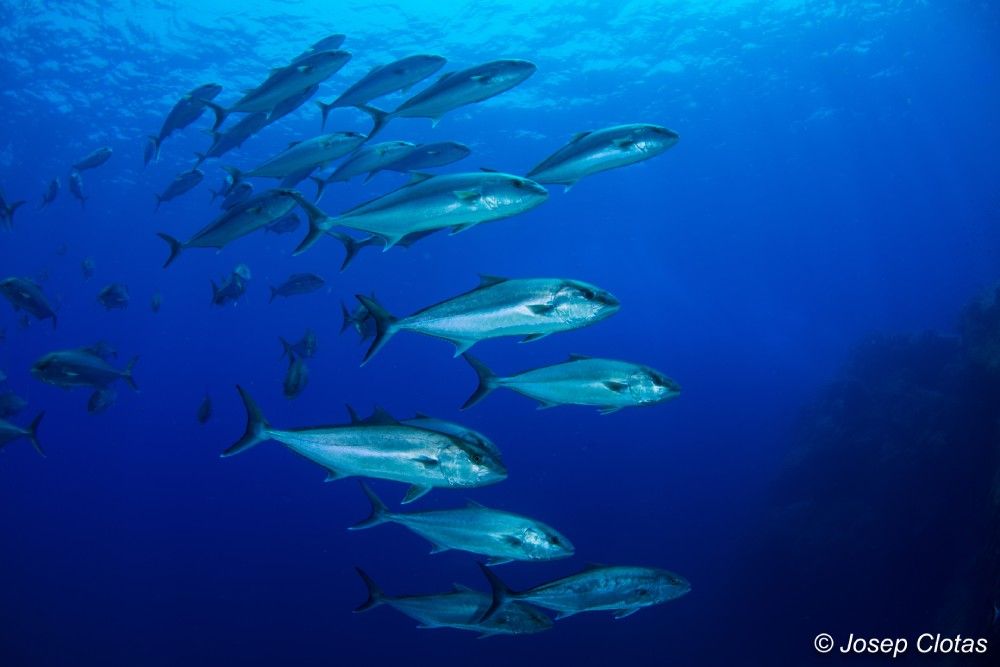Cabo de Palos Marine Reserve
An oasis of life in the Mediterranean
The waters of Cabo de Palos were declared a Marine Reserve in 1995 due to the exceptional beauty and conservation of its seabeds. Its excellent state of conservation has fostered a very broad biological diversity, formed by extensive Posidonia oceanica meadows and coralligenous formations of rocky nature with walls that descend to more than 40 meters deep.
The Hormigas Islands area constitutes, in addition to an area of undoubted ecological and cultural value, a destination recognized by the Cousteau Foundation as the best place in the Mediterranean for diving.
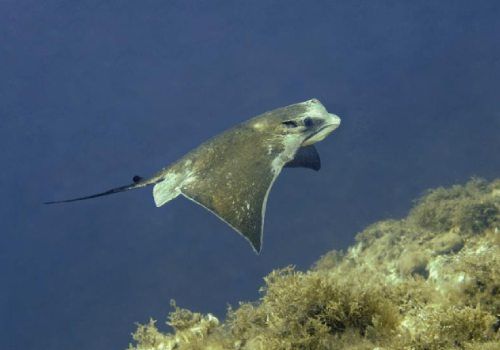
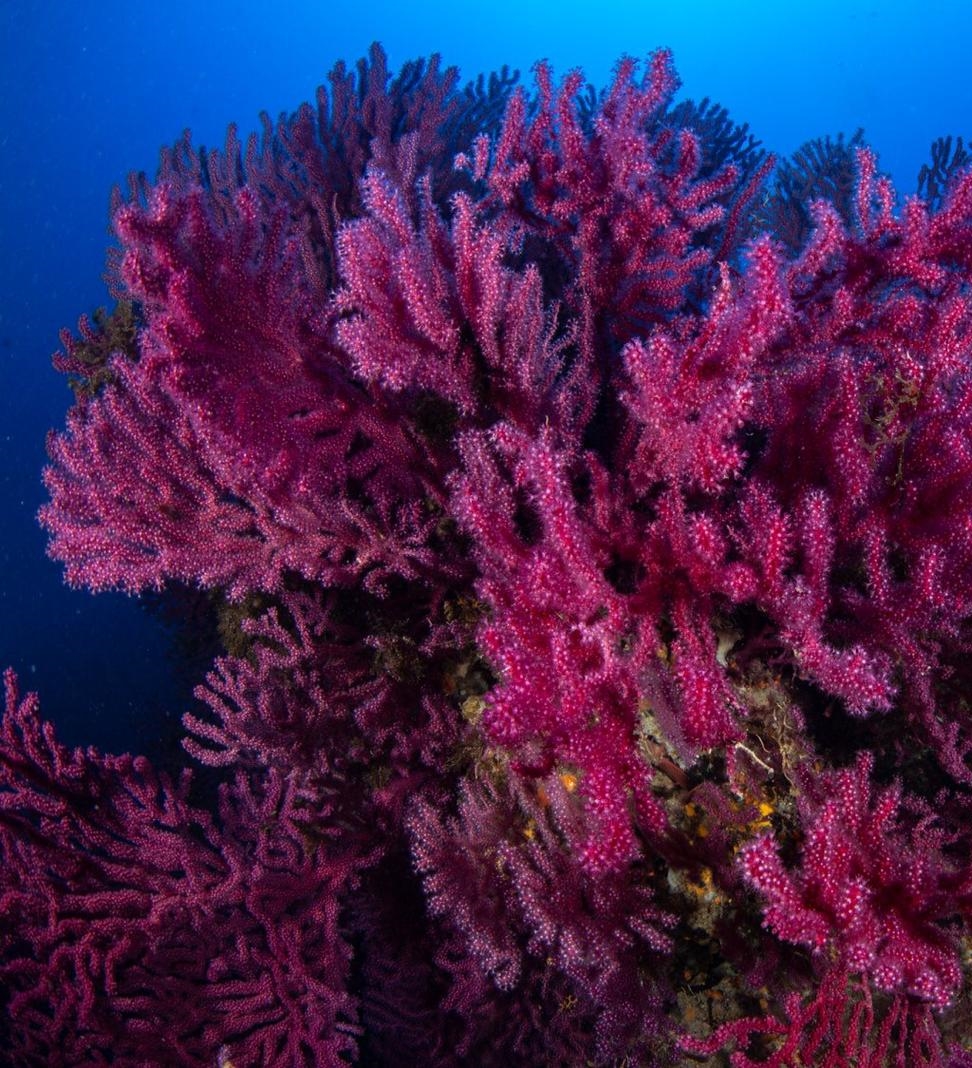

Included by National Geographic in the Top 20 of the best diving spots in the world due to its extraordinary submerged heritage
CABO DE PALOS - HORMIGAS ISLANDS MARINE RESERVE
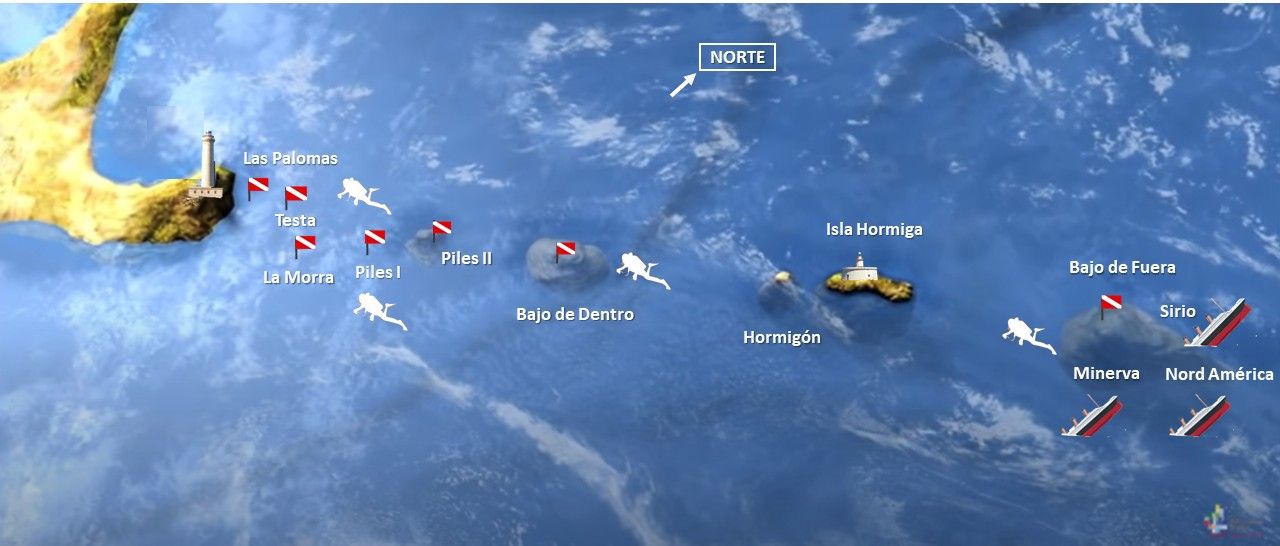
What do I need to dive in the Cabo de Palos Marine Reserve?
- Presentation in physical format of the identity document or passport, qualification and diving insurance in force
- In inland waters of the Marine Reserve, the payment of a fee of €5 per dive is required
- You must complete a medical questionnaire (download here)
- In outer waters (Bajo de Fuera) a certificate of responsible diving test is required
Las Palomas
The most recent dive site in the Reserve, located west of Bajo de Testa. The life that inhabits it is similar to that of the rest of the reserve, although it is not yet accustomed to the activity of divers, so it is more elusive. Canyons, large rocks and cutoffs give shape to this shallows, which makes it unique to serve as a refuge for a multitude of marine life. Depth: 6 to 18 m.
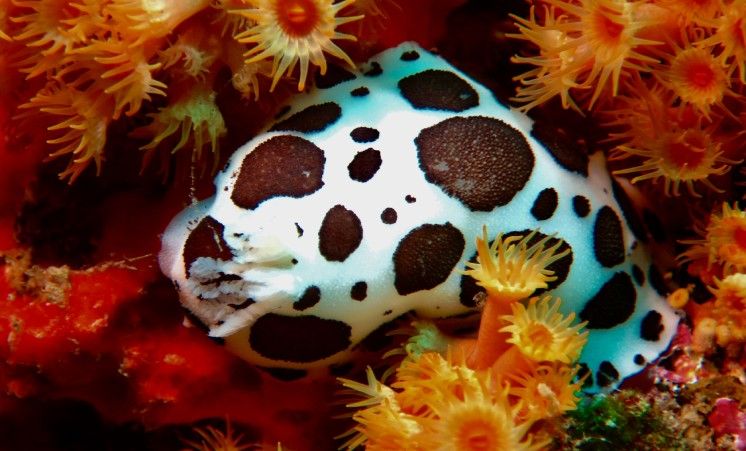
Bajo de de la Testa
A large rocky formation in the shape of a plateau, surrounded by a field of Posidonia oceanica and coralligenous algae. We will dive between 8 and 24 meters deep. We will be surprised by the dentex that come to hunt in the boga shoals, creating an incredible natural spectacle. In this dive we will also find several large anchors scattered around the shallows.
Bajo de La Morra
Bajo de Piles I
It is a shallows that is located in the open sea and rises from 27 to 8 m. of depth. We will not have the protection of the coast and we must be careful with the current. As in the rest of the points of the Marine Reserve, life is explosive. It is not uncommon to spot sea eagles or sunfish among the groups of barracudas, but it stands out above all for its large population of groupers of all sizes. They number in the dozens and swim accustomed to the presence of divers.
Bajo de Piles II
This shallows offers one of the great spectacles of the Reserve due to the explosion of life it houses throughout the year. It is an elongated mountain and larger than its neighbor, Piles I. We will dive between 12 and 20 meters deep, enjoying the presence of large groups of croakers, small and large groupers, pollack, moray eels and slipper lobsters in their holes. On days of current it is common to enjoy the circular dance of large schools of barracudas and numerous sargos and dentex. At the bottom we will find banks of sand, gravel and posidonia at a depth between 20 and 35 meters.
Bajo de Dentro
This underwater promontory rises from 40 meters deep to a minimum height of 3 meters and is one of the most emblematic dive sites in Cabo de Palos. On the north face of the shallows we find a cave that crosses a large part of the shallows with large groups of croakers. Starting from the anchorage in a westerly direction, we will find the famous needles, at about 30-35 m. with a channel in the middle where it is easy to come across large groupers, dentex, barracudas, royal seabreams and white and red gorgonians. Most of the marine life is concentrated between 15 and 25 meters, so we can explore it in a single dive.
Bajo De Fuera
The Bajo de Fuera is considered one of the best dives in the entire Mediterranean. It is a mountain with a drop from 3.5 to 60 meters deep. Its waters belong to the outer waters of the Marine Reserve and are home to impressive life: large schools of leerfish, dentex, tuna that hunt as they pass, turtles, royal seabreams, groupers, sea eagles and sunfish. All these species take refuge among the remains of the Nord América, the Minerva and of course the famous Sirio, the largest civil navigation accident on the Spanish coasts during the 20th century. The numerous ships that sank here make up an extraordinary submerged heritage that attracts divers from all over Europe.



